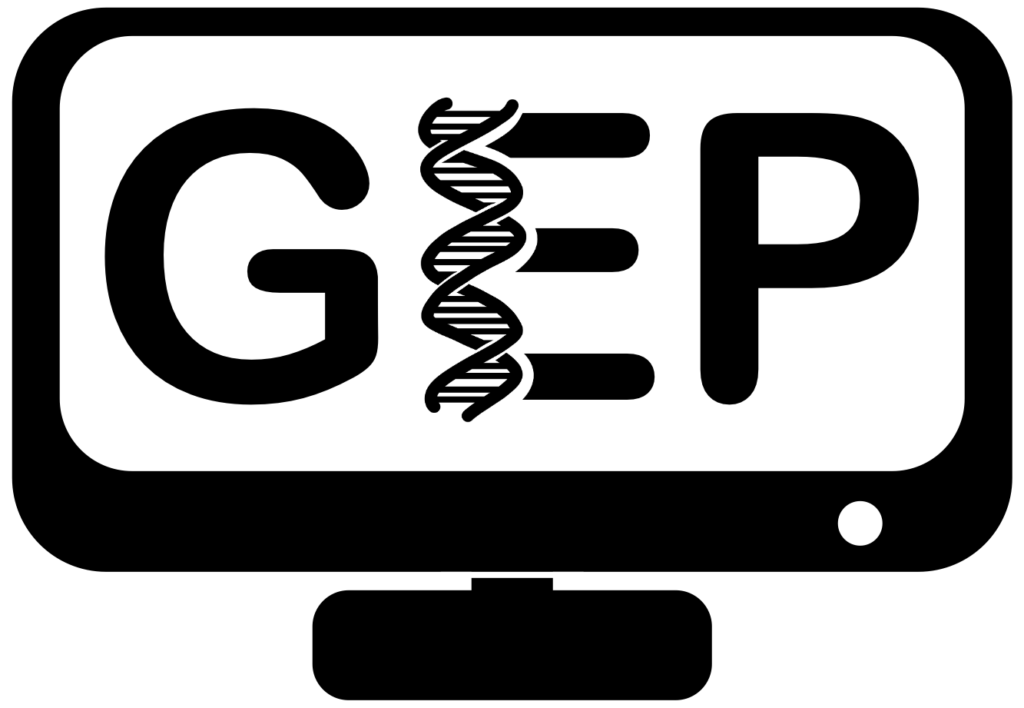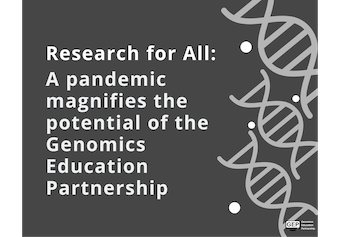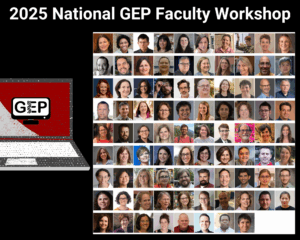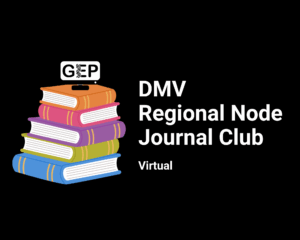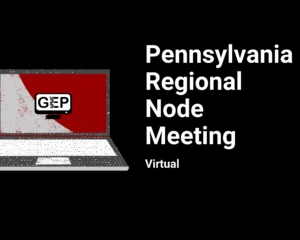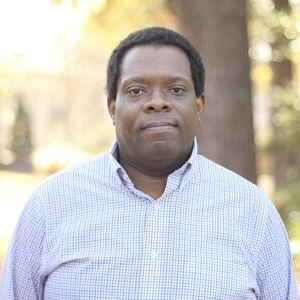The following article was written by Marta Wegorzewska and it first appeared in the Arts & Sciences News at Washington University in St. Louis. We thank her for granting permission to reprint this article on the GEP website.
Research for all: A pandemic magnifies the potential of the Genomics Education Partnership
When the COVID-19 pandemic left faculty around the country scrambling to provide students with an online research experience, the WashU-founded Genomics Education Partnership (GEP) was uniquely prepared to transition to remote learning.
In the genetic code lies a message. A cell must decipher this message to access the instructions to make the proteins that play critical structural and functional roles in a cell. Misreading the message can compromise the health of the cell; this can be avoided by following a series of rules.
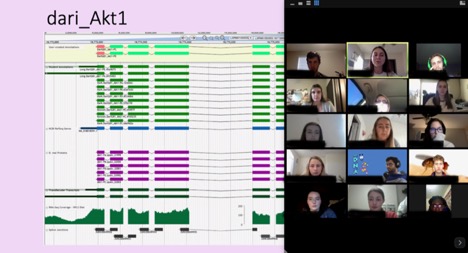
Bio 4342 students at Washington University in St. Louis use these same rules to locate the genes in the eukaryotic genome – where only a small proportion of the genome codes for proteins. For the students, unlike the cell, the stakes are lower; a misreading of the message presents an opportunity to try again.
Bio 4342 participants are among thousands of students around the country benefitting from the Genomics Education Partnership (GEP), which was founded by Sarah (Sally) Elgin, the Viktor Hamburger professor emerita in Arts & Sciences. Currently led by Laura Reed, an associate professor at the University of Alabama, GEP is a nationwide collaboration of 150+ institutions. GEP faculty integrate course-based undergraduate research experiences (CUREs) focused on bioinformatics and genomics into the undergraduate curriculum at their schools.
An advantage of the GEP curriculum is that the work is completed using a computer, the basic tool in genomics research. The format makes research more accessible to many institutions, including those lacking wet lab space – or those facing an ongoing pandemic that forces students to learn remotely.
“The pandemic has further exposed the power of the program and its ability to reach all students on a grand scale. Now, the potential for wide adoption during non-pandemic times is even more clear,” said Reed.
Solving the puzzle
The task sounds simple: find the location and generate the best model of a gene within a sequenced eukaryotic genome. But there is no answer in the back of the book. The genes have never been identified in the species under study before. In addition, learning about eukaryotic genes is not trivial for a lot of students. They are huge, and the genes are sub-divided into introns and exons, with only the exons used to build proteins; the students have to fish around and put together all of their evidence to solve the puzzle.
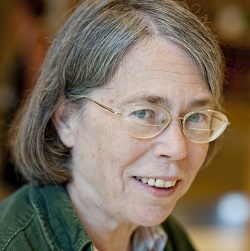
“The devil is in the details,” said Elgin. “But there almost always is a unique, defendable answer if you look at all your data and put it together.”
Elgin developed the curriculum at WashU with Chris Shaffer, senior biology lecturer, in 2003, and further with Wilson Leung starting in 2006. Using various computational and bioinformatics tools available to them online, the students solve the genomic puzzle by collecting and piecing together multiple lines of evidence that fit together to identify the appropriate gene sequences.
“You can always learn the basics of genetics through PowerPoint slides and textbooks; however, you don’t fully grasp the beauty and minute complexity of the genetic code until you are tasked with unraveling it, and further, drawing meaning from it,” said Jacob Cantrell, Class of 2019, who took Sally’s GEP course and later worked in her laboratory.
GEP to the rescue
Elgin held the first one-day hands-on training workshop in 2006 to teach visiting faculty how her students learn to annotate genes. These workshops continued to be held at WashU until 2018, with up to 16 faculty participating per year. The program grew to 100+ enrolled faculty members who used the curriculum in their classrooms, providing research experiences for over 1,000 students each year.
“We had grant funding for travel, housing, and meals for workshop participants, but the university and the department also supported GEP. It was a general WashU policy that if a faculty member wants to organize a workshop, the department would support it. GEP would not be as successful without the investment from first WashU, and now many more universities,” explained Elgin.
The biology department at WashU played a significant role in helping GEP expand by hosting the training workshops without charging for meeting spaces. Staff in the department helped with planning and organizing the yearly event. Meanwhile other staff helped with assessments that needed to be collected by individuals not associated with GEP.
“That early support from the biology department and staff was critical, and I’ll always be grateful for that,” said Elgin.
The return on investment turned out to be significant when the pandemic hit.
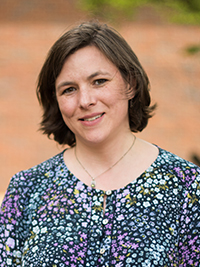
Under Reed’s leadership in 2018, an idea to expand training by moving the workshops online was successfully funded by the NSF. For a year, the GEP consortium worked to create a prototype for a two-week online training workshop. When a pandemic shifted all in-person activities online, an opportunity presented itself; the prototype would be very rapidly put to the test.
The pandemic left faculty scrambling to provide students with an online research experience. GEP was uniquely prepared to transition the core research component of the course to an online setting almost seamlessly because the research being done – the genomics – is done online. And now with the ability to provide training workshops online, GEP could train more faculty quickly.
Four workshops in eight weeks added 50 faculty to GEP. The program grew from 100 faculty members to 150 in just two months. Additional online workshops in the late fall and early spring added another 30 new members.
“The pandemic has very rapidly magnified the impact of GEP, making research and higher education accessible in virtual spaces,” said Reed.
Higher education for American students
In 2003, the GEP course was one of the first of WashU’s upper-level lab courses to have a research focus, helping to pave the way for what is now considered a standard part of how upper-level biology courses are taught.
But GEP also affords students not surrounded by a research infrastructure, including many students enrolled in schools without a graduate program, the opportunity to gain research experience. Many students who participate are first-generation college students.
“All of our institutions have dedicated faculty members who are working really hard and want to provide research opportunities for their students under limiting circumstances,” said Elgin.
GEP helps them accomplish that.
“The research experience should not be limited to those who have access to a lab. When the world shifted online during the pandemic, GEP proved that research can still go on. We are more confident than ever that all American students can have access to a research experience.
“And not just during a pandemic but always,” concluded Reed.
